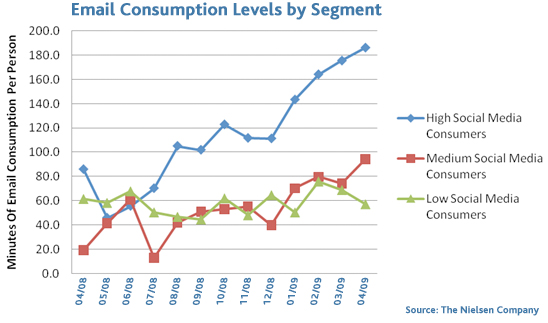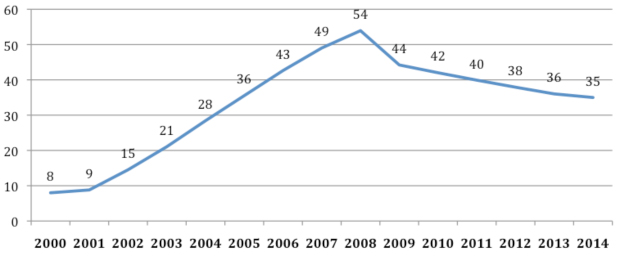Enjoy Powerful Meetings with a R.E.A.S.O.N!
Written on 4:15 PM by RadhikaR
I’ve recently been working on a large scale project which has meant spending a lot of time working in collaborative situations, attending meetings and running workshops. Working in a highly stressful and demanding environment means one of my biggest challenges is engaging people to bring their ‘best’ to the table, to give those meeting/workshops impact. There are so many competing demands on peoples’ time that getting them to show up at all some days feels like a triumph!
I have had some formal Six Sigma training in the last few weeks as well and the tutor, a bright and energetic woman on the very first day introduced us to a R.E.A.S.O.N for our training for the week. I loved it – it set up clear objectives and expectations at the outset. And she stuck to it. Isn’t that the key – consistency!?
I decided to prepare one of my own workshops using the same framework and I was pleasantly surprised by the results. In fact arguable the highest level of engagement I have had from an otherwise ‘prickly’ stakeholder group (I appreciate the exigencies of their roles).
Unfortunately my tutor did not reference the source of this philosophy and my online searches have been unsuccessful. So I apologise in advance for any unintended breaches of anyone’s intellectual property. That being said – the definitions provided below are my own. Give it a go and please come back and share what the results were like for you!
R Roles – define the roles of your participants and your own up front, even prior to your workshop/meeting. Need volunteers to be time keepers/ scribes? Ask! It changes the dynamic in the room from the outset and generates active engagement. Make time keeping fun (we use a clucking chicken toy to call ‘time’ – humorous and attention grabbing) - even the most stoic business person is forced to crack a smile when one of their own is enjoying calling "Time"!
E Expectations – state what they are - for that session or a complete program of work. Does the forum require preparation, an open mind, punctuality? (I stated this as an expectation and then handed the opportunity over to the group as to whether they wished to reprimand or determine a punishment for tardiness! It worked, particularly with a group that is not accustomed to apologising for being late ever!)
A Agenda – this is an easy one to prepare and issue but quite another to ensure that your agenda ‘gets a life’? Great opportunity to have your timekeeper involved (especially for activity-driven agenda items). The meeting organiser’s preparation should include being able to state what you want to achieve at each item and how long you want to spend doing it.
S Safety - Can not only include a mandatory notification of exits but also providing alternate contact numbers for emergencies, and requesting participants to divert their phones to assistants who are given the emergency contact number. Sometimes recognising that things crop up and permitting them in only certain circumstances can win the respect of your participants especially if even the self-designated "VIP" in the room has to follow the same guidelines!
O Operating Rules – An important step which alongside the “Expectations” sets up your forum for success. State categorically if no mobile phones are permitted, that punctuality is a requirement and actively make use of “parking lots” to collect any content that is deviates from the agenda. Allowing discussions to digress is going to make you appear to be no longer in control of the forum and what 'corporate hijackers' love!
N Next steps – Before going into a session it can be useful to know what the decisions or outcomes of the forum are likely to lead to. If it means tasks will be assigned, further workshops will ensue or that failing to reach an agreement on the day will result in an alternative course of action or rework - say so! If you have been asked to get something done, don’t apologise for making those things happen.
Give it a go! I hope you find the framework as empowering as I did. It forced me to use better time management and planning for the event as well as improving the level of engagement for the participants. I'm incorporating it into a few different working scenarios in the coming week to improve my preparation and instill some trust back into the process!








 Big revenues and the CEO’s upcoming book release are winning
Big revenues and the CEO’s upcoming book release are winning 






